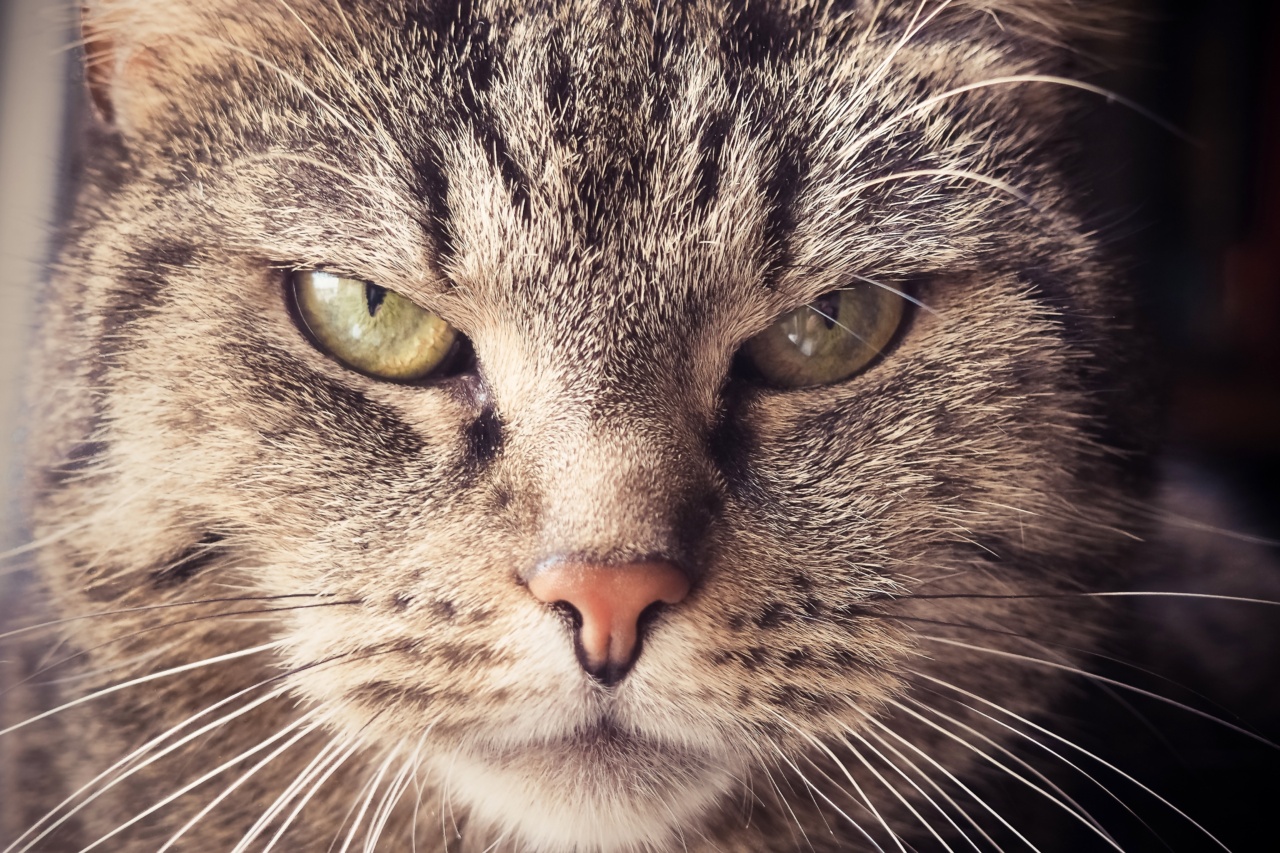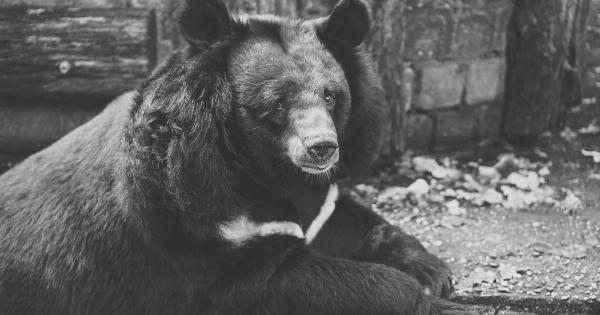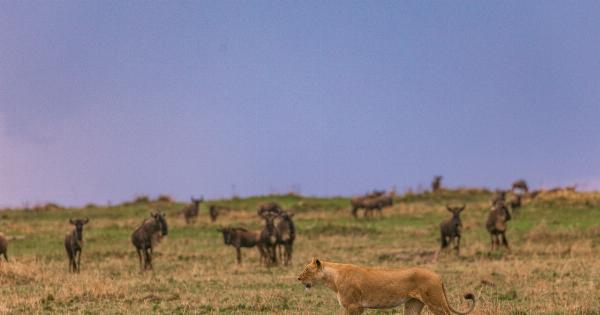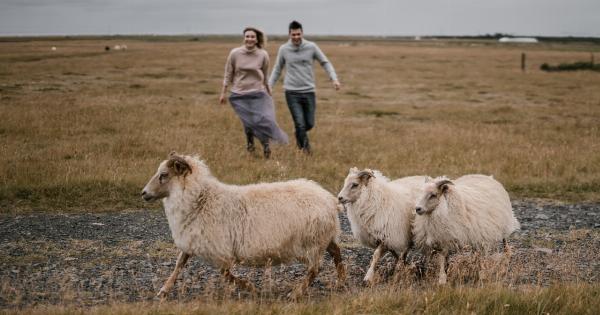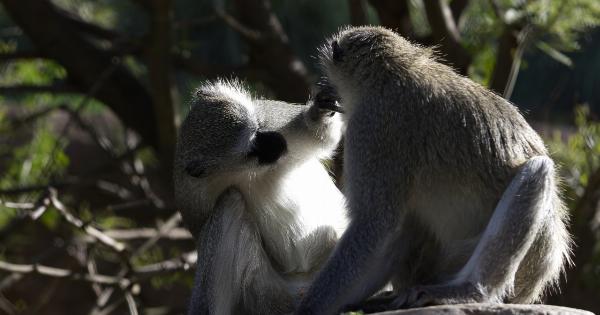World Animal Day is an international day of action for animal rights and welfare, observed on October 4 every year.
This day is specifically set aside to raise awareness about the vulnerable condition of animals worldwide and to remind people of their responsibility towards animal welfare. Unfortunately, the harsh reality is that animals around the world are facing severe challenges, including poaching, habitat loss, pollution, and climate change.
In this article, we will delve into the various threats to animal populations on our planet.
Poaching
Poaching is one of the biggest threats facing animals today. This is the illegal hunting, killing, or capturing of wild animals for their meat, body parts or organs.
Some animals, like rhinos and elephants, are poached for their tusks and horns, which are highly valued in the black market. Other animals, like tigers and pangolins, are hunted for their skins, fur, and scales. Poaching is a global problem, and it affects animals of all species, from the African elephants to the Asian pangolins, and the American bison.
The situation is so dire that many animal species have become critically endangered or extinct due to poaching.
Habit Loss and Destruction
Habitat destruction is another significant threat to animals worldwide.
Human activities such as deforestation, mining, land-use changes, and urbanization have affected the natural habitats of several animal species leading to the loss of natural environments, food sources, and shelters. Climate change is the main contributor to habitat destruction. Forests, wetlands, and coral reefs have been destroyed or damaged by hurricanes, droughts, and floods resulting in the loss of biodiversity.
The most affected animals are the ones that depend on specific habitats to survive such as koalas, polar bears, orangutans, and several amphibian and bird species.
Pollution
Pollution is another issue that affects animals. Plastic pollution, for example, is one of the most prominent pollutants affecting marine animals.
Every year, millions of marine animals are killed or injured because of plastic waste that ends up in the oceans. Birds and other animals are also affected by air pollution. Several industrial activities release hazardous air pollutants into the environment that cause respiratory diseases for both animals and humans.
Pesticides and herbicides used in agriculture also contribute to water pollution, which negatively impacts aquatic animals and plants.
Climate Change
Climate change, caused by human activities, is yet another significant challenge facing animals around the world.
As temperatures rise, animals are forced to move to new habitats in search of food and water, but often, their new habitats are already inhabited by other animals, leading to competition for fewer resources. Climate change also affects the timing of seasons that lead to migration and hibernation, negatively affecting both predators and prey.
Polar bears, for example, are threatened by melting ice caps that reduce the availability of food, and shifts in seasons have affected the breeding of migratory birds.
Overfishing
Overfishing is becoming a significant problem for aquatic animals. The fishing industry has grown, and with it, the demand for seafood has increased.
However, the surge in demand has led to overfishing where more fish are caught than can be replaced by natural reproduction. As a result, many fish species have decreased in number, while others have become extinct.
Several fishing techniques like driftnets, longlines, and bottom trawling contribute to the deaths of several marine animals, including sharks, whales, and dolphins. The destruction of seabeds by fishing boats has also destroyed significant habitats of many marine animals.
Illegal Wildlife Trade
The illegal wildlife trade, also known as wildlife trafficking, is a multi-billion-dollar industry that has significantly affected animal populations worldwide.
Wildlife trafficking is the act of smuggling rare or endangered animals and their parts, including elephant tusks, rhino horns, tiger skins, and pangolin scales. This illicit trade threatens endangered animals and drains billions of dollars from the global economy.
Wildlife trafficking is a global problem, and it affects various species of animals worldwide, including rhinoceros, elephants, tigers, and pangolins.
Conclusion
In conclusion, World Animal Day is not only a day to celebrate animals, but it is also a reminder that many animals worldwide are facing severe challenges that have resulted in many species becoming critically endangered or extinct.
It is crucial that humans take responsibility for animal welfare and work towards creating a sustainable environment that accommodates both human and animal populations.
